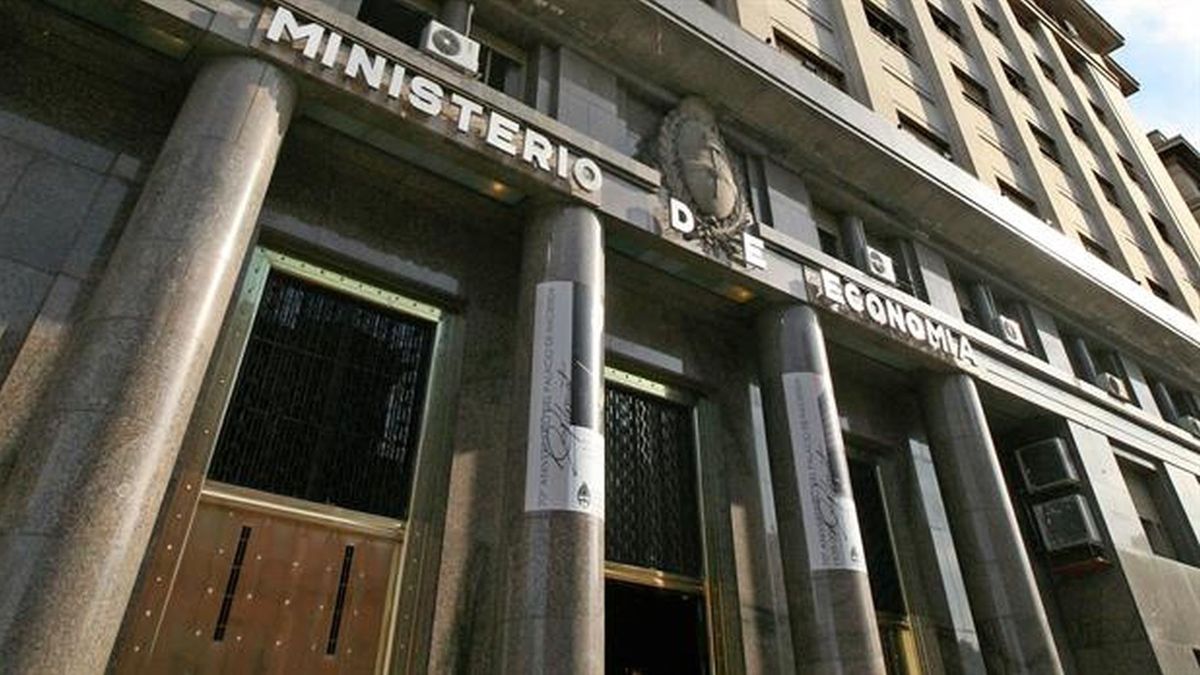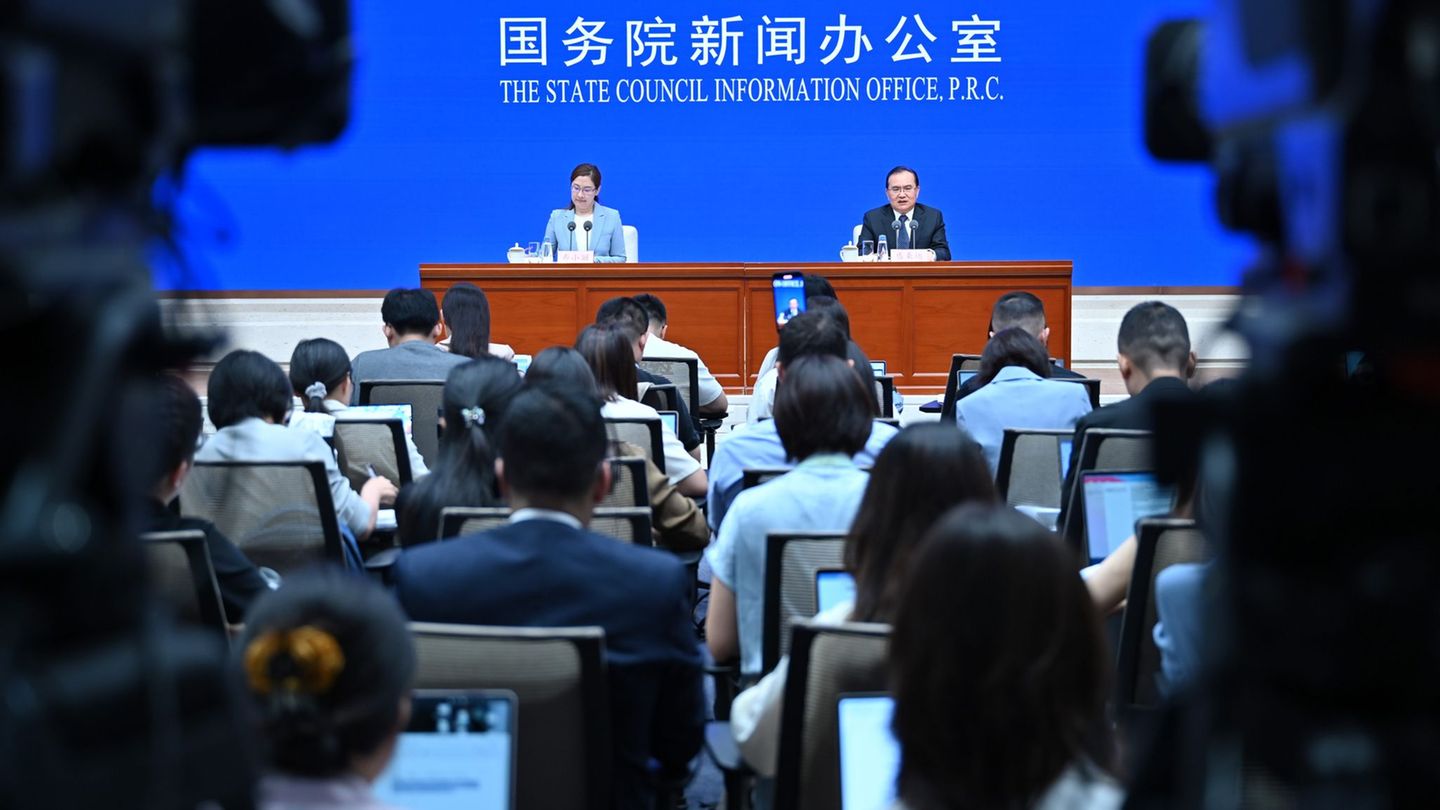The second conclusion reached by the IARAF is that the total national public spending in 2021 was 7.9% lower than in 2017. That is, both the level of primary spending and interest on the debt were lower in 2021 compared to 2017 (reference year as it is the year with the highest level of spending in the last six).
public spending.png
The winners and losers
Another key point for the report was the items to which public resources were allocated. The main item of national spending, which accounted for more than half of Total Expenditure, was Social Benefits, which include payments for retirements, pensions, family and child allowances to workers and beneficiaries of AUH, payments to PAMI and other social assistance programs normally executed by ANSES.
Government operating expenses, with 17% of the total, ranked second in the period described. Here the main expense was staff salaries. The rest of the expenses in the item correspond to the purchase of goods and the contracting of services carried out by the State to function administratively.
In third and fourth place in order of importance, we had Capital Expenditure and Expenditure on economic subsidies (transportation and energy, respectively).
In a detailed analysis, the IARAF stated that despite the fact that social benefits occupy the largest burden of spending, they have fallen by 6.3% in real terms between 2017 and 2021. Contributory and non-contributory retirements and pensions, for their part, also they registered a greater fall between 17% and 27% in real terms.
Another important item is INSSJP (PAMI) benefits, which accumulated a real 22% drop in November when compared to the same period in 2017. Family and child allowances, together with the AUH, are also a component of relevance in this area. In both cases, the reduction in the first 11 months of 2021 versus 2017 was a real 7%.
Regarding the second most important item in national public spending, there are operating expenses that also registered a decrease. In this case, it fell by 21% in real terms since 2017, driven mainly by the real reduction in public wages, which accumulates 27% as of November 2021 compared to the first 11 months of 2017.
“From the comparative analysis the fact of a real fall emerges in the first place. This implies that if there were expenses that were increased, they did so from expenses that were reduced. The net reduction in spending was equivalent to a net reduction in the deficit. There are three expenses that grew: Other social programs, energy subsidies and current transfers to the provinces. Regarding this last item, it is necessary to clarify that the flow of funds that goes from the Nation to the provinces is made up of both current and capital transfers, “they explained from IARAF.
“In effect, capital transfers were reduced between 2017 and 2021 by an amount greater than the increase in flows. That is, the 26 transfers to provinces had a net fall equivalent to $ 169,107 million considered in November 2021 currency“they added.
The items that grew the most
- Energy subsidies increased by 134.3% between 2017 and 2021. “Transport subsidies were 20.6% less than what was transferred in 2017. That is, the increase in spending on energy subsidies was financed with the reduction of other subsidies such as transportation and personnel spending. “
- Subsidies or social plans granted by ANSES: during 2021 they grew 360% than what was granted in 2017.
The items that lost the most:
- Contributory and non-contributory retirements and pensions and PAMI benefits: 17%, 27% and 22% respectively according to IARAF. “Together, they showed a real fall of 18% resulting from a decrease equivalent to constant $ 905,034 million as a whole.”
- Expenditure on salaries: equivalent to a 27% drop in constant currency compared to 2017.
- Capital expenditure: 35% reduction
- While, the interest on debt in the first eleven months of 2021 is 21% lower than those paid between January and November 2017 in constant currency.
gastopublico2.png
Source From: Ambito
David William is a talented author who has made a name for himself in the world of writing. He is a professional author who writes on a wide range of topics, from general interest to opinion news. David is currently working as a writer at 24 hours worlds where he brings his unique perspective and in-depth research to his articles, making them both informative and engaging.




